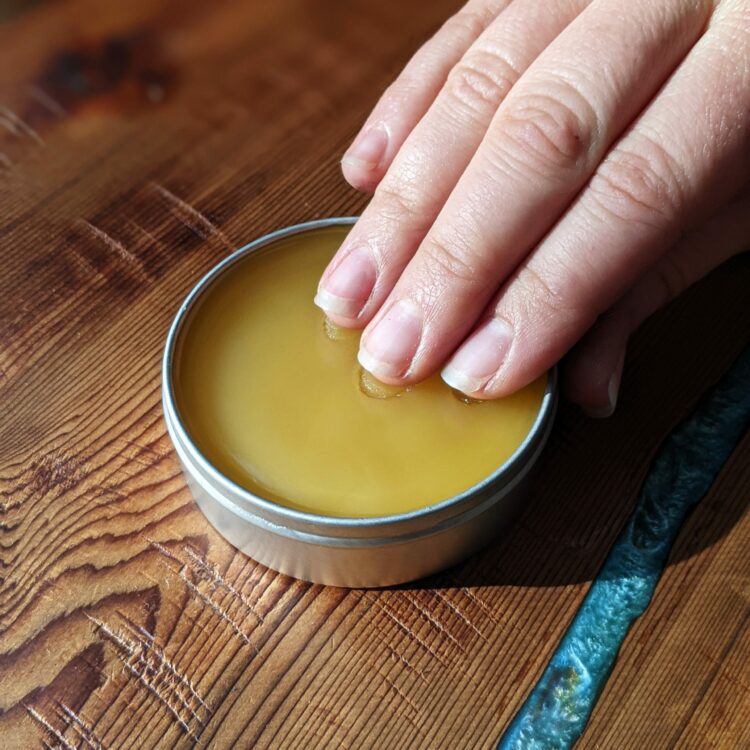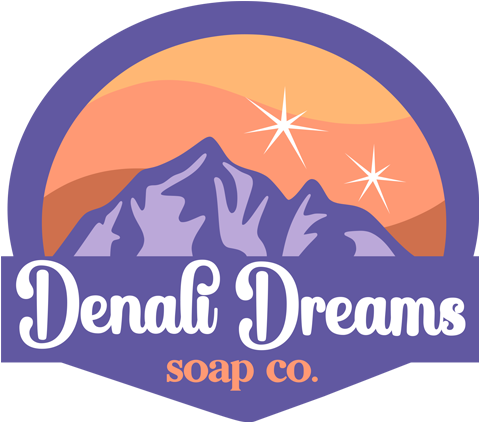You’re In Good Hands

With so many options out there when it comes to skincare, it’s hard to know what to choose. Not all lotions, salves, balms and creams are made equally and it’s hard to know what the differences are and will fit your needs, Have no fear, you are in good hands. We are here to help slather on the information about each type, their differences, and when to use them.
First, let’s talk about the top layer of our skin. The outer layer of our skin is called the epidermis, and it is also made of layers. The outermost layer is called the stratum corneum. This layer is made up of dead cells called corneocytes. Don’t worry – these dead cells aren’t just dead weight, they are able to absorb 5 times their weight in water, and are an important part of keeping your skin moisturized. In order to keep your skin from feeling like sandpaper, these cells need to be made of at least 10%-20% water. When that isn’t the case, these cells dry out flake and cracks start to form. How do you prevent this from happening? Read on, my friend.
Let’s clear up a common misconception – only water can moisturize your skin. The problem being that water evaporates quickly. This is where lotions, creams, salves and balms come in to help save the day and lock in the moisture. All of these products have similar components to them with pros and cons to each. The first component is an occlusive. This helps to lock in moisture to your skin. Examples of an occlusive are beeswax, petroleum products, lanolin, or stearic acid. The next component is emollients. These are substances like plant oils, mineral oils, and butters. They too act like an occlusive but their job is to fill in the cracks with fatty substances called lipids which make your skin feel soft and smooth. Humectants can be added to help attract moisture to the skin from either the underlying layers or from the air (if it’s humid enough). Humectants come in the form of glycerin, honey, and sorbitol just to name a few.
Now that we know what goes into these products let’s cover lotions. Lotions are mostly made of water with a little emollient component (remember these are the oils, and butters). Since water and oils don’t mix they also need what’s called an emulsifier (maybe you’ve heard it called an e-wax). This is the occlusive part of the product (helps lock in the moisture). The emulsifying wax blends the water and oils together to create a smooth product we know as lotion. Because lotions are mostly made of water they hydrate your skin quickly but since there isn’t a large amount of occlusives or emollients you have to apply it more often. Lotions also need a preservative because water is a great breeding place for bacteria and mold.
On the other hand are creams, which are very similar to lotions. Creams are made up of equal parts of oils and water thus making them thicker. They are also absorbed quickly and don’t need to be reapplied as often as lotions but a preservative is still highly recommended due to the water content. Creams and lotions sometimes are preferred because they don’t leave your skin feeling greasy. They are also the two products that do contain water to help hydrate your skin.
Salves and balms are like creams and lotions but there is no water content – it’s just oils, butters and waxes. Balms and salves are not absorbed quickly into the skin because of the high content of oils and waxes. This is why your skin can feel greasy after putting it on (but remember it doesn’t have to be reapplied as often because of this reason). Salves and balms work best if they’re applied after showering or washing your hands, this is because the corneocyte cells have been soaked in water. The salves and balms then lock in the moisture and keep your hands soft and smooth. Salves and balms can also be infused with herbs to help alleviate itchiness, soreness, small wounds or scrapes, and other symptoms.
So it really depends on what you’re looking for. If you’re looking for a quick fix and don’t want to take the chance of getting oily fingerprints on important documents, lotions and creams are what you are looking for. If you want some repair or want to lock in some serious moisture then salves, balms and butters may be for you. Regardless, if you do your research and your skin is happy, you’re sure to be in good hands.


Leave a Reply
You must be logged in to post a comment.